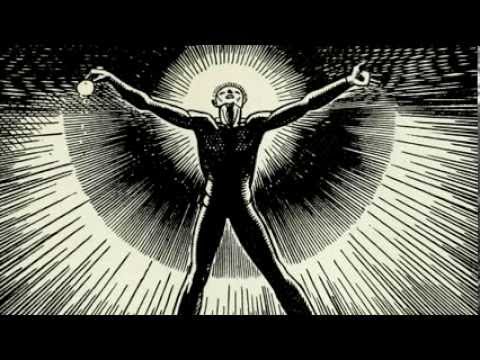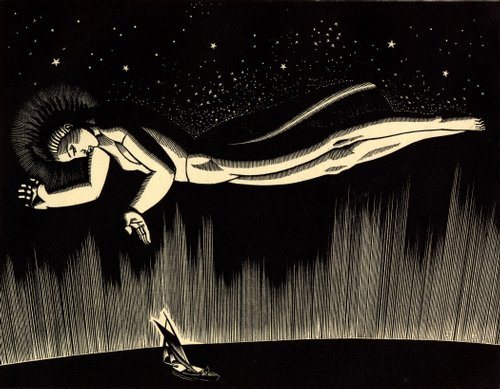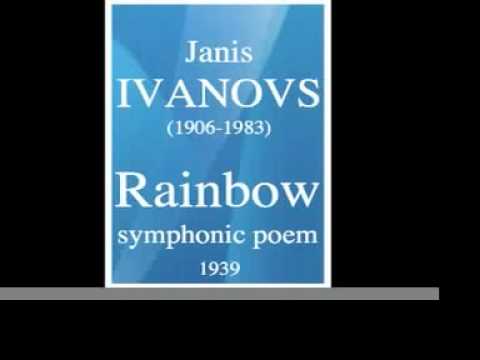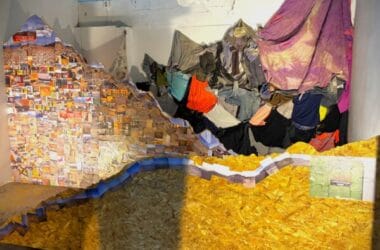“Janis Ivanovs is like thunder and lightning, cleansing the air with his Lucifer sounds. His symphonies are like ancient Greek tragedies, filled with ecstasy and purification.” So wrote another Latvian composer and music critic, Margers Zarins. Stephen Vessels curates the discussion on Classical Music rarities.

Watch this video on YouTube
Janis Ivanovs – Symphony No. 2 in D minor, Conducted by Vassily Sinaisky, Artwork By Rockwell Kent and T.F. Simon, among others.
Janis Ivanovs was born on 9 October 1906 in a small Latvian town called Preili. Ivanovs is considered Latvia’s most distinguished symphonist. His grasp of orchestral color and musical texture was so extraordinary that his colleagues often praised him for his precise, expressive, and nationalistic musical idiom. Had be only written his Fourth (Atlantida), Fifth or Sixth (Latgales) Symphonies, he would have left an indelible mark on music history. However, he composed 21 symphonies, three concertos for various instruments, cello, violin, and piano, five symphonic poems, three string quartets, and numerous vocal, piano and chamber works.
STORY: Dmitri Shostakovich: Revolutionary Composer or Soviet Propagandist?


Soviet Nationalistic Composer in Tradition of Latvian Folk Music
Many Latvian composers in the 1930s – Vitols, Graubins, Medins – were developing their artistic styles by studying Latvian folk music. Ivanovs was no exception. His Symphony No. 2 in D minor was composed in 1937 after his sixteen-minute Latgale Pictures was completed. The beautiful land of Latgale, with its majestic Lake Razna and mysterious Cloudy Mountain, provide the backdrop for this symphonic masterpiece. Doomed sadness characterizes Latgale’s past, evident at the opening of the Second Symphony. The sorrow and drama are slowly but certainly dispelled by energetic images of light and hope at the end of the first movement and the finale. The second movement is flowing and beautiful, connecting eventually to the Andante of the finale. Soon after the first performance, the score and parts of this symphony were lost. The work was rediscovered in 1985. Its lyricism is that of a bygone era, the age of Schubert, Liszt, Tchaikovsky and Franck. The composer, in his notes to this work, expresses a deep admiration for Franck’s monumental symphony and states that the lyrico-psychological nature of Franck’s work, its three-movement structure and its tonality (D minor) were all a strong influence on his own work.
STORY: Gershwin’s Reluctant Kaleidoscope of America in ‘Rhapsody in Blue’

Watch this video on YouTube
Janis Ivanovs – Rainbow (Tone Poem), Directed by Vassily Sinaisky
Curated By Stephen Vessels
Updated 1 February 2024













Pingback: Pursuit of Beauty: William Alwyn's Classical Romanticism | WilderUtopia.com